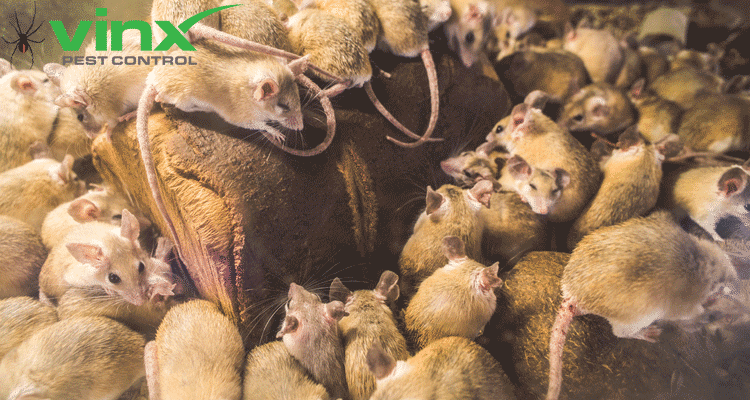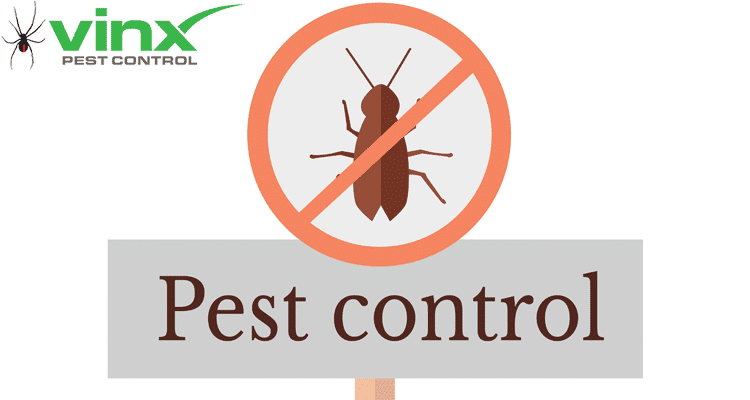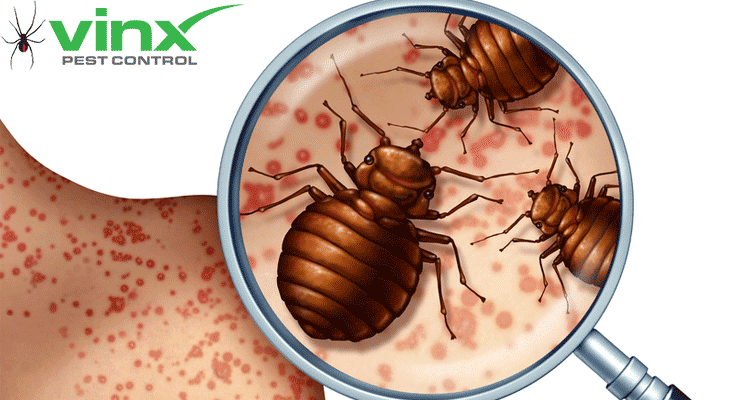How To Get Rid Of Mice In The Attic, Car, and More
No one likes mice, and if you’re wondering how to get rid of mice in the attic, car, and more, we’ve got the ultimate guide. Mice aren’t just annoying, but they can damage your home by chewing wires, pipes, and messing with your insulation. Unfortunately, they also carry dangerous diseases that can harm your family.
Whenever you find mice, it’s imperative to get rid of them as soon as possible. The longer they stick around, the more damage they can cause. Mice aren’t picky—they’ll use any warm spot as a place to rest. This means that they will happily infest your home’s attic, your walls, your car, garage, shop, and more. In the Carrollton, Dallas, and Plano areas, mice can run rampant. You need to get rid of them quickly! Whether you’re looking to do it yourself or hire someone, we break all the remedies down from Irish Spring soap to rat poison.
However, if you decide that learning how to get rid of mice and implementing these tactics aren’t in your wheelhouse, we’d be happy to help you with rodent problems. Click here to see our mice control pricing.
What attracts mice?
Sometimes, you may think you have a house that is free from mouse bait, but that’s truly not the case. The problem with mice is that they are willing to do what it takes to get inside your home. Even the smallest of areas can become a comfortable home for these animals. Considering that they can squeeze through holes the size of a pencil, you have to be extremely careful about what’s in and what’s around your home. Here’s what attracts mice:
- Food: Mice love food, especially peanut butter, flour, sugar, and crumbs. If you don’t have your food properly sealed in airtight containers, mice are on the lookout and ready to chew through to get to your goods.
- Holes: If your home has holes around the foundation where mice can get to, you’re practically inviting them in. Holes need to be filled and repaired so that mice cannot squeeze through. Inspect your home for small holes that mice may be able to squeeze into.
- Cars: One thing that mice love to do is nest inside of a car that hasn’t moved in a while. They enjoy the warmth and shelter of a car, but they also like that they know it won’t be taken away from them! Idle cars truly are mice’s favorite place to be.
- Sitting brush: When your home has brush, leaves, or woodpiles around the home, mice are in heaven. These are the best places to hide in, but they also provide the warmth and comfort that they need to survive.
- Clutter: Mice are small, but they aren’t spider-in-your shoe small, so they like clutter that they can hide in. If they are able to hide underneath clothes, trash, or other clutter, they are as happy as can be.
- Garbage: If your garbage isn’t properly stored away and cleaned up, mice will gladly eat your old food. Make sure that your garbage is sealed tight and that mice cannot get inside of it.
Where do mice hide?
If you’re learning how to get rid of mice, chances are you’ve asked the question “where do mice hide?” We get it. No one wants to think about live animals in their homes. People wonder if mice can climb walls, and they can, so even if you’re on your second story and here footsteps, there’s a good chance it’s a mouse. If you think that you’ve heard that telltale scurry late at night, it’s time to start playing hide-and-seek with the mice. If you’re ready to find them, you need to look at their favorite hiding spots:
- Garage
- Attic
- Cardboard boxes
- Walls near heat
- Closets
- Under or behind appliances
- Inside your cabinets
- Inside your drawers
Where there’s one mouse, there are many more. Even if you find a mouse nest that is completely empty, there’s a good chance they are just out of the home and coming right back. Or, they heard you and decided to hide somewhere else. It’s important to know that mice are not going to leave on their own. You have to do something to get them to go!
Does Irish Spring soap keep mice away
One popular home remedy that many people try is using Irish Spring soap. It’s said that the smell repels mice and they will stay away from their home. Unfortunately, that myth has been busted. While it sure would be nice to have Irish Spring keep them out, it’s not legit.
Do mothballs keep mice away?
Another remedy that many people use is mothballs. Mothballs have a chemical that will deter mice, but unfortunately, they are too small and the chemical is too little to deter mice. While it will deter moths, your mice will likely stick around.
Do ultrasonic pest repellers work on mice?
Perhaps the most enticing pest control option of all is the simple ultrasonic repellent. Many people believe that by emitting a sound that only mice can hear, they will be turned away from the home and sound. Unfortunately, that hasn’t been shown to be true. There is little data to back this up.
What gets rid of mice: home remedies
So, what will get rid of your mice problem? Thankfully, there are some home remedies that work to keep the rodents away. While they may not be as simple as opening up a bar of soap, they will be far more effective.
Bait and traps
Obviously, the best way to get rid of mice is to bait and trap them. This can be tricky because you’ll want to use safe traps that pets and kids cannot get hurt in. Look for human traps that will let the mice in but not let them out. Once you capture them, you can let them out into the wild a mile away from your home, or you can call animal control for suggestions. While there are plenty of baits out there, we often get asked do mice like peanut butter and guess what? They do! Peanut butter is a great way to get the mice into the trap.
Clean up and repairs
We know, no one likes to be told repairs and clean up are in their future. However, this truly is the best way to keep mice away if you’re just learning how to get rid of mice and out of your home. Repairing holes and gaps with metal will keep the mice out for good. It hurts their teeth to chew through, and it will seal up the holes well. Some people use steel wool for an affordable option because mice can’t get through the mesh, and they can’t chew on the wires.
You’ll also need to clean up around your house. Make sure that there aren’t trees and bushes within four feet of your home. Mice love to climb and will often hide in these trees and bushes until they ambush your house. Then, make sure you clean up your debris, woodpiles, dead leaves, and anything else in the yard.
Properly seal your food
The last thing to keep mice out is to properly store all of your food. You need to make sure everything is in an airtight container that they can’t chew through. This also includes your garbage! Make sure you take precautions to seal up your trash so that they can’t get in.
How do you know when all the mice are gone?
Once you think you have the mice under control, you need to take a few proactive steps to see whether or not they are really gone. The first thing that you’ll often notice after getting rid of mice is that you will no longer hear the scurrying, scratching, and gnawing noises that you heard before. You should also find that there are no more nests. Lastly, the mouse droppings should also be gone.
However, even if you have all three of these signs, there’s a good chance that mice can come back. It’s best to check for mice frequently and leave traps at the first sign that they may be back in your home.
Conclusion: How to get rid of mice
Whether you’re wondering how to keep mice out of the camper, how to get rid of mice in the attic, or how to keep mice out of the car, follow the tips above. Always remember to clean up and make sure that your vehicles are being driven at least once a week. You’ll need to bait and trap no matter where the animals are hiding. Just make sure the traps are ones that children and pets won’t get hurt from.
However, if you find that you’re not up to the challenge of do-it-yourself mice extermination, give us a call at 972-855-8469 or fill out the form below. Here in the Dallas and Fort Worth areas, we service cities like Plano, Garland, Rowlett, Coppell, Farmers Branch, and more. We offer a service guarantee, and we’ll keep coming out until your mice are taken care of for good. Give us a call or fill out the form for a free quote today!






